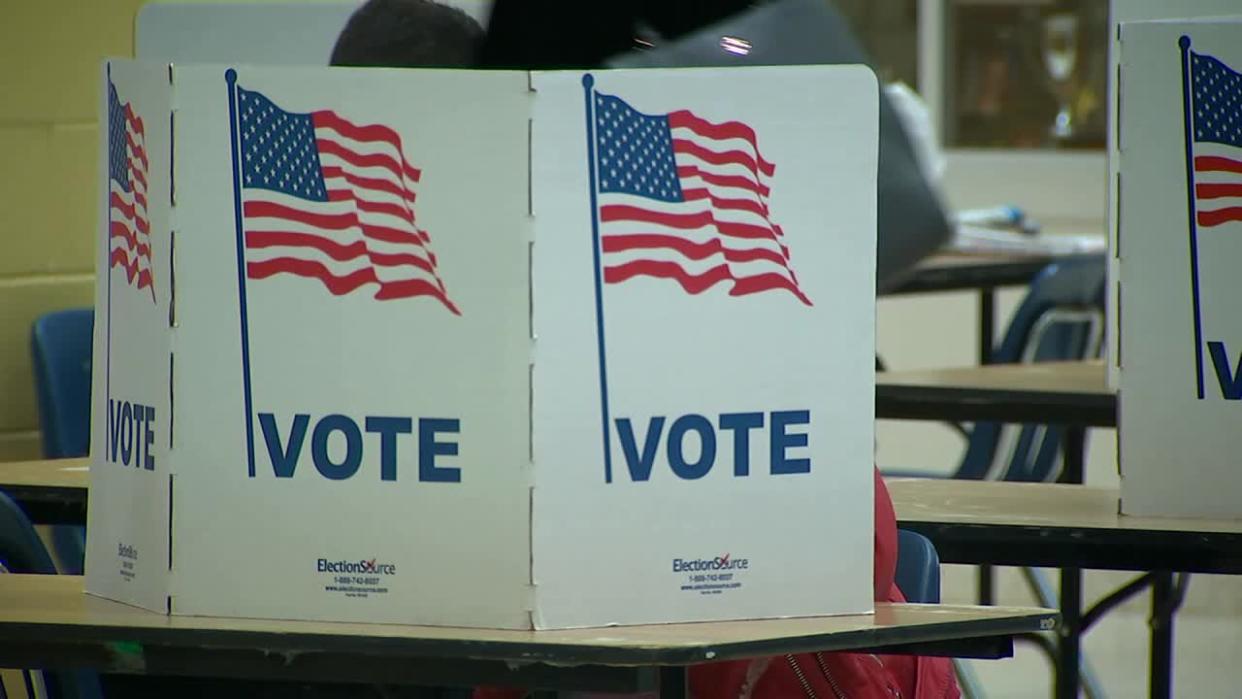Current Minnesota Primary Polls
The Minnesota primary elections are fast approaching, and the polls are starting to give us a glimpse of the races that are heating up. With several key contests on the ballot, including the race for governor, the outcome of the primary could have a significant impact on the November general election.
Leading Candidates and Their Strengths and Weaknesses
The Minnesota primary polls provide valuable insights into the strengths and weaknesses of the leading candidates in each race. These polls help us understand the key issues that voters are concerned about and the candidates’ positions on those issues.
Methodology and Margin of Error, Minnesota primary polls
The methodology used in these polls is crucial for understanding the accuracy and reliability of the results. Most polls use a random sample of registered voters to ensure that the results are representative of the overall electorate. The margin of error is a measure of the uncertainty associated with the poll results, and it’s important to consider this when interpreting the data.
Comparison to Historical Trends
Comparing current polling data to historical trends in Minnesota primary elections can provide valuable context for understanding the current state of the race. For example, we can look at past voting patterns to see if there are any emerging trends that could influence the outcome of the upcoming primary.
Voter Demographics and Preferences: Minnesota Primary Polls

The Minnesota primary elections are crucial in determining the candidates who will represent the Democratic and Republican parties in the general election. To understand the potential outcomes, it’s essential to analyze the demographic groups most likely to participate and their voting preferences.
Voter Turnout and Participation
Voter turnout in Minnesota primary elections can vary significantly depending on the level of interest in the races and the perceived importance of the primary. Historically, turnout has been higher in presidential primary elections compared to other races.
- Age: Older voters tend to have higher turnout rates than younger voters. This pattern is consistent across both parties.
- Education: Voters with higher levels of education are more likely to participate in primaries. This trend is observed in both Democratic and Republican primaries.
- Race and Ethnicity: White voters generally have higher turnout rates than minority groups in Minnesota primaries. However, there are variations within these groups, with some minority communities showing higher participation in specific elections.
Voting Preferences by Demographic Groups
The voting preferences of different demographic groups in Minnesota can influence the outcome of primary elections. Understanding these preferences can provide valuable insights into the potential success of various candidates.
- Age: Younger voters, particularly those under 30, are more likely to support progressive candidates who advocate for policies addressing issues like climate change, student debt, and affordable healthcare. Older voters, on the other hand, tend to prioritize issues such as social security and Medicare.
- Education: Voters with higher levels of education are more likely to support candidates who prioritize policies related to education, healthcare, and environmental protection. They may also be more receptive to candidates with diverse backgrounds and experiences.
- Race and Ethnicity: Minority voters are often more likely to support candidates who represent their communities and address issues of racial justice and economic inequality. This can lead to increased support for candidates who are members of minority groups or who have a strong record of advocating for minority rights.
Impact of Preferences on Primary Outcomes
The voting preferences of different demographic groups can have a significant impact on the outcome of primary elections in Minnesota. For example, if a candidate can successfully mobilize younger voters and voters of color, they may have an advantage in a primary where these groups are well-represented. Conversely, candidates who fail to connect with these groups may struggle to gain traction in the primary.
Minnesota primary polls are offering a glimpse into the upcoming election, revealing voter sentiment and potential frontrunners. These polls provide valuable insights into the race, but it’s important to remember that they are just a snapshot in time. To understand the full picture, it’s crucial to delve deeper into the issues and candidates involved in the minnesota primaries.
Ultimately, the polls serve as a guide, but the final decision rests with the voters themselves.
Minnesota primary polls are a crucial indicator of voter sentiment heading into the general election. These polls offer valuable insights into the preferences of Minnesota voters and can shape the strategies of candidates. To understand the broader context of these primaries, it’s important to consider the minnesota election as a whole, which encompasses a range of issues and competing viewpoints.
Analyzing the primary polls can shed light on the key concerns and priorities of Minnesota voters, providing valuable information for candidates and observers alike.
